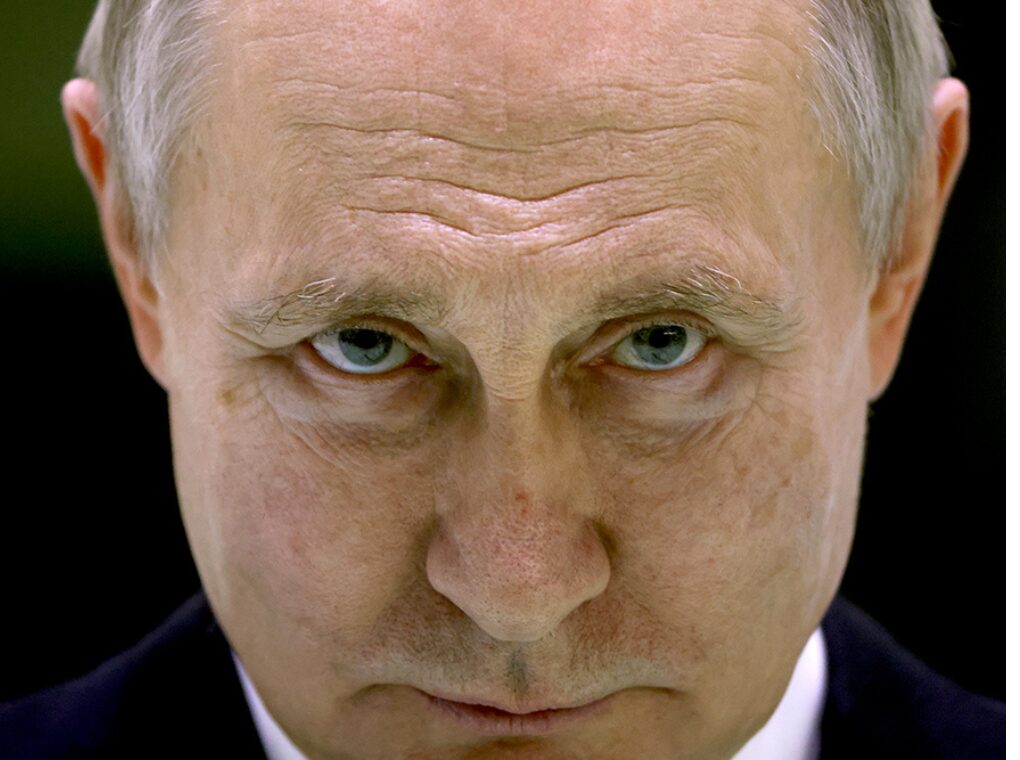Russian forces have announced the capture of the small settlement of Tsegelnoye in Ukraine’s northeastern Kharkiv region, marking another incremental advance in one of the most heavily contested sectors of the front. While Russian officials emphasize the development as part of a broader push near Vovchansk, Ukrainian authorities have not confirmed the loss, and independent analysts caution that the situation remains fluid on the ground.
Russian Ministry of Defense Reports Tactical Gain
In a statement released on November 18, the Russian Ministry of Defense (MoD) said its “North” (Sever) group of forces had taken control of Tsegelnoye following coordinated strikes and ground assaults. The operation reportedly involved elements of the 82nd Motorized Rifle Regiment under the 69th Motorized Rifle Division, supported by artillery, drones, and aviation assets.
According to Moscow’s briefing, Russian forces inflicted significant losses on Ukrainian positions in the vicinity, including the elimination of more than 100 Ukrainian personnel and the destruction of military vehicles, electronic warfare equipment, and several ammunition depots. These claims are consistent with the MoD’s daily reporting but cannot be independently verified.
Russian military commentators argue that controlling Tsegelnoye strengthens Russian flanking positions around Vovchansk, a town that has seen sustained fighting for months. They contend that the settlement’s location near the T-2104 highway, once used by Ukrainian units for logistical support, makes it tactically relevant despite its tiny population.
Ukrainian Officials Quiet on Settlement’s Status
Ukrainian authorities have not issued a specific statement regarding Tsegelnoye. The General Staff of the Armed Forces of Ukraine continues to report repelling multiple Russian attacks in the Kharkiv direction, but typically focuses on broader defensive efforts rather than individual hamlets.
Ukrainian and Western analysts have previously described the fighting near Vovchansk as intense but largely positional, with neither side achieving decisive momentum. The town itself remains divided into contested zones, with Ukrainian forces holding defensive lines reinforced by urban structures, wooded areas, and natural barriers such as the Seversky Donets River.
Requests for independent confirmation of Russia’s claim—through geolocated combat footage or updated territorial maps—have so far yielded limited results. Open-source intelligence platforms, including DeepStateMap and various military tracking communities, had not updated Tsegelnoye’s control status at the time of publication, reflecting either the ongoing nature of fighting or its relatively minor scale in the broader conflict.
A Broader Pattern of Incremental Russian Gains
The developments in Tsegelnoye align with a pattern of gradual Russian advances across northern Kharkiv throughout 2025. Russia has concentrated efforts on areas near Vovchansk and Synelnykove, employing a combination of artillery-heavy tactics and dismounted infantry assaults. These operations, often supported by glide bomb strikes and reconnaissance drones, have yielded territorial gains measured in small settlements and field positions rather than large breakthroughs.
Military observers note that Russia’s strategy in the region appears designed to:
apply steady pressure on Ukrainian defensive lines,
threaten secondary supply routes,
and compel Ukraine to divert reinforcements from other active fronts, such as Donetsk.
Despite these efforts, there is no evidence of an imminent Russian advance toward Kharkiv City, which remains dozens of kilometers from the current line of contact. Analysts point out that any major offensive toward the city would require substantially more manpower, armored support, and logistical preparation than Russia currently maintains in the northern sector.
Conflicting Narratives About Kharkiv’s Stability
Narratives surrounding the Kharkiv frontline vary sharply. Pro-Russian channels describe Ukrainian defensive positions as weakening under sustained pressure. Conversely, Western military analysts characterize the front as stabilized, with Ukraine continuing to mount effective defensive operations despite manpower challenges and ammunition shortages.
Both sides have incurred significant losses throughout the year, with the fighting around Vovchansk widely regarded as one of the conflict’s most attritional engagements. The prevalence of drone warfare, precision-guided munitions, and entrenched positions has resulted in slow, costly exchanges rather than rapid territorial shifts.
Outlook: Positional Warfare Likely to Continue
As winter approaches, military experts anticipate that combat in the Kharkiv region will increasingly reflect the limitations imposed by weather. Mud, freezing temperatures, and reduced visibility are expected to hinder armored movement and complicate logistics for both Ukraine and Russia.
In the near term, analysts predict that:
Russia may attempt to consolidate its claimed gains around Tsegelnoye and southern Vovchansk,
Ukraine will reinforce defensive lines and prioritize holding key urban and river-adjacent positions,
and the front will remain dominated by artillery duels, drone strikes, and small-unit engagements.
The reported capture of Tsegelnoye represents another incremental development in Russia’s ongoing efforts to advance along the northern Kharkiv axis. While the settlement’s tactical significance is modest, its potential impact on Ukraine’s local logistics and defensive posture warrants attention. However, there is currently no verified indication of a large-scale Ukrainian collapse in the region or an imminent threat to Kharkiv City.
The situation remains dynamic, and further updates are expected as independent observers assess new battlefield data.
